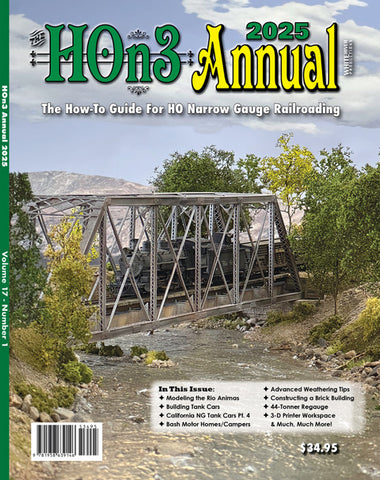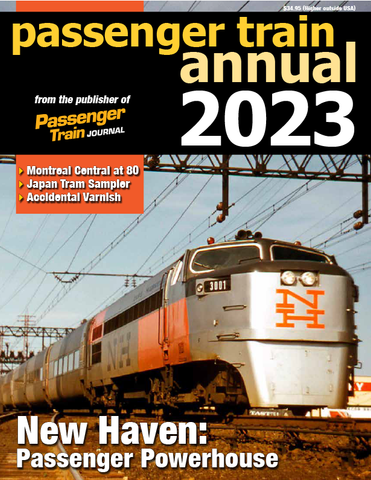ForestRails: Georgia-Pacific's Railroads
$79.95
ForestRails is a story of railroads and the role they played in the growth of Georgia-Pacific, a major forest products company. From the early beginnings, railroads have been absolutely essential in the delivery of raw materials and shipment of finished products of the forests. Such was the case with Georgia-Pacific’s railroads. Just as man does not live on bread alone, railroads could not survive without freight to haul. Thus it is necessary for this story to also tell the parallel stories of G-P’s acquisitions that included the railroads.
Georgia-Pacific aptly described itself as the growth company over the years. Beginning in 1927 as a small lumber dealer, the company grew in the last half of the 20th century to become one of the leading manufacturers and distributors of forest products. Georgia-Pacific’s phenomenal growth was mainly through acquisitions of existing companies which included extensive railroad logging and short line railroad operations.
By 1900 lumbermen had recognized the efficiency of a steel wheel on a steel rail and the number of logging railroads grew rapidly. The coming of the railroads freed lumbermen from being tied to the river banks and dependency on weather conditions. Railroad logging could be operated year round with little or no interruptions from the weather. Railroads also made large areas of timber accessible that could not have been logged before.
G-P’s acquisitions have included 16 common-carrier short line railroads and five major private logging operations. Each short line was a separate subsidiary company of Georgia-Pacific. Although governed by boards of directors, the short lines were separately operated at arms-length due to government regulations.
The author does not purport to analyze the financial and economic aspects of the Georgia-Pacific railroads. Although the railroads were profitable, it would be impossible to quantify the precise economic benefit of the railroads to G-P from financial statements alone. Instead, the operational characteristics of the railroads and, more importantly, their vital support of the logistics processes of the company’s mills, plants, and distribution systems are explored in depth.
To be included in this story, a railroad must have been owned or operated by G-P at some time during its existence. The history of each railroad is then told from its beginning. Certain unique and creative arrangements for preserving rail service at mills on non-company railroads are also discussed.
This story is an important part of American business history.
8.5 x 12 with Dust Jacket, 464 Pages
By Russell Tedder
Contents:
Chapter 1: Forest Rails, An Introduction
Chapter 2: Logging the Coast Range
- C.D. Johnson Lumber Corporation
- Coos Bay Lumber Company
- Hammond Lumber Company
Chapter 3: Early West Coast Short Lines
- Feather River Railway
- Oregon, Pacific & Eastern
Chapter 4: Logging the Appalachians
- W.M. Ritter Lumber Company
- Meadow River Lumber Company
Chapter 5: Crossett-Watzek-Gates
- Eagle Lumber Company
- Gates Lumber Company
- Jackson Lumber Company
- Grant Lumber Company
- Fordyce & Princeton
- Ashley, Drew & Northern
- Arkansas, Louisiana & Mississippi
- Crossett Western Company
Chapter 6: Southern Short Lines
- Brimstone Railroad
- Carolina Western
- Swamp Logging in the Carolinas
Chapter 7: California Short Lines
- California Western
- Amador Central
Chapter 8: Mississippi Branch Lines
- The Valley Line
- The Columbia Route
- The Soso Line
Chapter 9: Great Northern-Nekoosa
- Valdosta Southern
- Marinette, Tomahawk & Western
- Chattahoochee Industrial Railroad
- Old Augusta
Chapter 10: Uncommon Carriers
- Columbia & Silver Creek
- Woodland, Maine, Rail Operations
- Port Edwards-Nekoosa Intermill
- Blue Rapids Railway
Chapter 11: The Invisible Railroads
- Mill and Plant Switchers
- Rail Car Fleets
Chapter 12: Survivors
- Moscow, Camden & San Augustine




